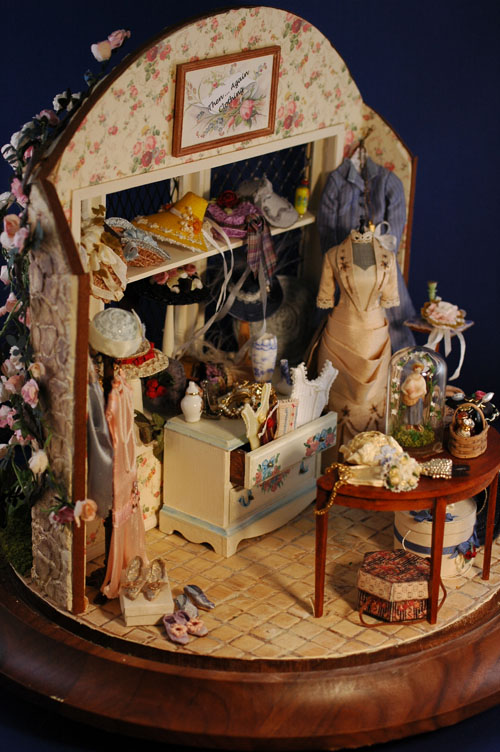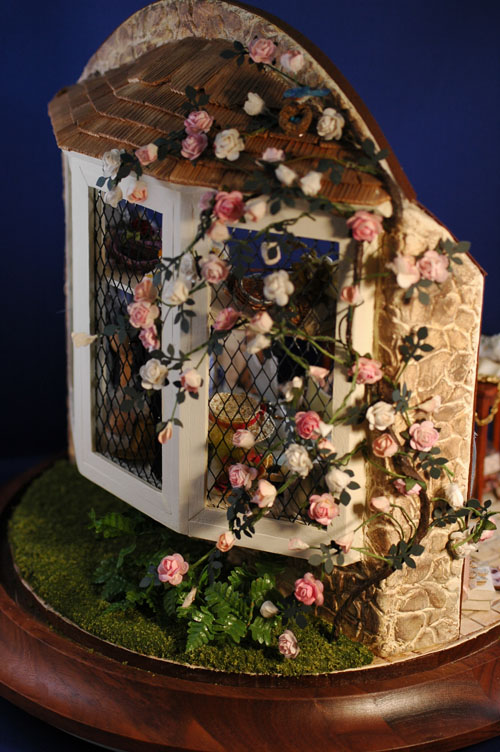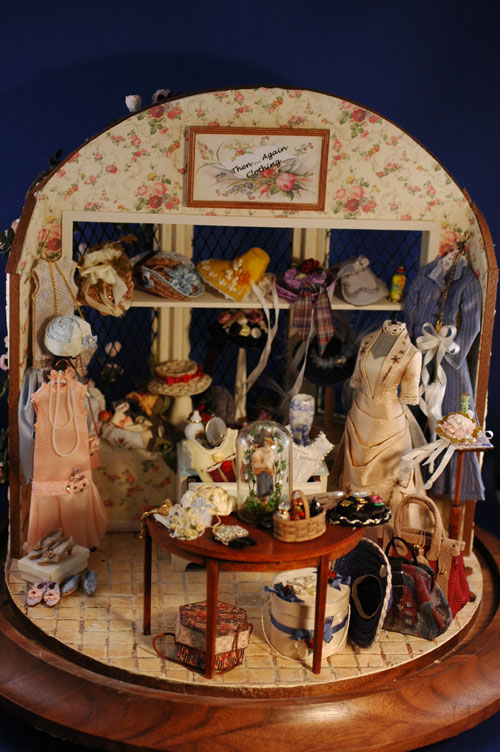 The Edwardian period or Edwardian era in the United Kingdom is the period covering the reign of Edward VII of the United Kingdom King Edward VII, 1901 to 1910. The death of Queen Victoria in January 1901 and the succession of her son, Edward, marked the start of a new century and the end of the Victorian period.
The Edwardian period or Edwardian era in the United Kingdom is the period covering the reign of Edward VII of the United Kingdom King Edward VII, 1901 to 1910. The death of Queen Victoria in January 1901 and the succession of her son, Edward, marked the start of a new century and the end of the Victorian period.The Edwardian period was also known as the meaning beautiful era. Despite its short pre-eminence, the period is characterized by its own unique architectural style, fashion, and way of life. Art Nouveau held a particularly strong influence.
The Silhouette after 1890
The bustle disappeared from day dresses and the new day skirt style was flared smoothly over the hips from a handspan waist and then gradually widened at the hemline.
With the decline of the bustle, sleeves began to increase in size and the 1830s silhouette of an hourglass shape became popular again. The fashionable si lhouette in the early 1900s was that of a mature woman, with full low bust and curvy hips. The "health corset" of this period removed pressure from the abdomen and created an S-curve silhouette. By 1895 the leg of mutton sleeves swelled to gigantic proportions and were also used on décolleté evening dresses. The size of the sleeves was highlighted by the comparison of the tiny sashed or belted waist against the simple gored skirt that flared out all round to balance the massive sleeve heads.
lhouette in the early 1900s was that of a mature woman, with full low bust and curvy hips. The "health corset" of this period removed pressure from the abdomen and created an S-curve silhouette. By 1895 the leg of mutton sleeves swelled to gigantic proportions and were also used on décolleté evening dresses. The size of the sleeves was highlighted by the comparison of the tiny sashed or belted waist against the simple gored skirt that flared out all round to balance the massive sleeve heads.
Skirts brushed the floor, often with a train, even for day dresses, in mid-decade.
Around 1908, the fashion houses of Paris began to show a new silhouette, with a thicker waist, flatter bust, and narrower hips. By the end of the decade the most fashionable skirts cleared the floor and approached the ankle. The overall silhouette narrowed and straightened, beginning a trend that would continue into the years leading up to the Great War.

Hairstyles and Hats
Huge, broadbrimmed hats were worn in mid-decade, trimmed with masses of feathers and occasionally complete stuffed birds, or decorated with ribbons and artificial flowers. Masses of wavy hair were fashionable, swept up to the top of the head (over horsehair pads called "rats" if necessary) and gathered into a knot. Large hats were worn with evening wear.
By the end of the decade, hats had smaller drooping brims that shaded the face and deep crowns, and the overall top-heavy effect remained.
Orientalism in Dress
During the early years of the 1910s the fashionable silhouette became much more lithe, fluid and soft than in the 1900s. When the Ballets Russes performed Scheherazade in Paris in 1910, a craze for Orientalism ensued. The couturier Paul Poiret was one
 of the first designers to translate this vogue into the fashion world. Poiret's clients were at once transformed into harem girls in flowing pantaloons, turbans, and vivid colors and geishas in exotic kimono. The Art Nouveau movement began to emerge at this time and its influence was evident in the designs of many couturiers of the time. Simple felt hats, turbans, and clouds of tulle replaced the styles of headgear popular in the 1900s. It is also notable that the first real fashion shows were organized during this period in time, by the first female couturier, Jeanne Paquin, who was also the first Parisian couturier to open foreign branches in London, Buenos Aires, and Madrid.
of the first designers to translate this vogue into the fashion world. Poiret's clients were at once transformed into harem girls in flowing pantaloons, turbans, and vivid colors and geishas in exotic kimono. The Art Nouveau movement began to emerge at this time and its influence was evident in the designs of many couturiers of the time. Simple felt hats, turbans, and clouds of tulle replaced the styles of headgear popular in the 1900s. It is also notable that the first real fashion shows were organized during this period in time, by the first female couturier, Jeanne Paquin, who was also the first Parisian couturier to open foreign branches in London, Buenos Aires, and Madrid.Michelle Mahler, Doll Artist's Workshop, minidolls.com







